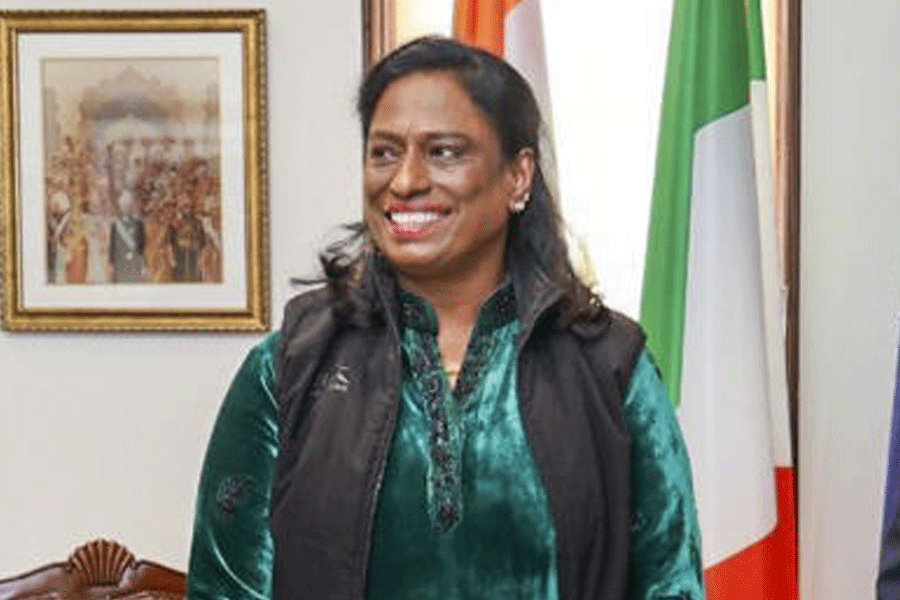Indian goods and services exports notably achieved peak levels in 2021-22 at $670 billion. India’s overall exports (merchandise and services combined) in April-December 2022 are estimated to be $568.57 billion, exhibiting a positive growth of 16.11 per cent over the same period last year.
However, India’s overall export of $61.82 billion in December exhibited a negative growth of 5.26 per cent over the same period last year.
The decline in exports is to be expected due to the global headwinds and given the monetary tightening by major large markets resulting in the slowing of demand.
The government has accorded high priority to exports as seen in the recent announcement extending RoDTEP to three more sectors with high export potential. Indian exporters are redoubling their efforts and the jump in electronic exports over April-December is indicative of this. Even while the global economy slows down, India stands in a sweet spot and can build its exports in days to come.
The need of the hour is to sustain the growth momentum to achieve the target of $2 trillion in merchandise and services exports by 2030. Industry hopes that the forthcoming Union budget would announce growth propelling policy measures to convert the country’s export potential into performance. Following are some suggestions:
a. Governnment has been giving interest subvention scheme of 2 per cent to large exporters and 3 per cent for medium and small, which is valid till March 31, 2024 . To make long-term pricing which is the norm for international trade, sincerely request government to cap the interest rate payable maximum at 3 per cent for all exporters which will enable exporters to quote competitively to garner and capture a much larger global market share
b. Access to finance for exporters needs a holistic examination of the causes of slow uptake of credit. The following may be considered:
■ Entering into agreements for setting up banks overseas
■ Expanding project assistance and letters of credit for large projects overseas
■ The increase in interest rates by RBI has impacted exporters’ costing in a very big way.
It is recommended that the interest subvention scheme be further expanded and extended considering its success in the recent past and interest rate subvention should be given at 5 per cent for all exporters till March 31, 2025 to avoid uncertainty in quoting competitive rates since exporters have to enter three to five years long-term contracts with fixed pricing.
c. The industry is eagerly waiting for the new SEZ Act which was envisaged to have active participation of the state government to unleash its true potential. The readily available infrastructure and huge investment of Rs 6 lakh crores in SEZ caters to 1/3rd of India’s export.
d. The current RoDTEP and drawback rates do not fully cover the entire gamut of taxes and duties incurred by the exporters. In the current scenario where the whole world is on the verge of recession, it is recommended that the government should announce a uniform additional RoDTEP rate of minimum 3 per cent for the next three years to help the exporting community to stay competitive and help them to garner bigger market share in these difficult times.
e. The government should consider carving out planned funds for developing export infrastructure such as inland container depots, upgradation of port infrastructure, warehousing facilities near ports and expansion of road and railway facilities at key industrial hubs.
It is important to fast-track efforts to create transhipment hubs in India. Trade Infrastructure for Export Scheme (TIES) may be expanded d with higher caps on projects.
f. There is a need to create a wide-ranging awareness dissemination program on standards and compliances for exports. The government may look at setting up a scheme to assist exporters in accessing certifications and provide loans for enabling firms to obtain certifications.
g. To improve India’s participation in global value chain (GVC), it is important to consider bringing down import tariffs, which have been raised in the past few years, as a high tariff rate creates policy uncertainty and prevents India from becoming a part of the GVC. In the medium term, the import duty structure may be modified to encourage exports of value-added goods. A threetier import duty structure, with raw materials and inputs at zero or low duties, intermediates in a higher slab and final goods at the standard rate of about 7.5 per cent would help.
h. The importance being given by the government in the area of increased global engagements is evident from its renewed focus on signing andimplementing FTAs. To leverage the new FTAs, setting up atrade information and marketfacilitation portal for Indianbusinesses including all tariff and certification requirements would be beneficial.
i. There is a need to bring parity in the freight rate and make India’s exports competitive. Introduction of an incentive scheme for container manufacturing on the lines of the production Linked Incentivescheme could encourage domestic manufacturing of containers by addressing some of the cost disadvantages.
The recently concluded World Economic Forum Meetin Davos reinforces that the World is looking at India . If we fasten our belts and act fast with required policy support to be competitive, we can win sizeable global market share at this most crucial juncture. Time is now .
Sanjay Budhia,Chairman — CII National Committee on Exports and Imports & MD - Patton Group











